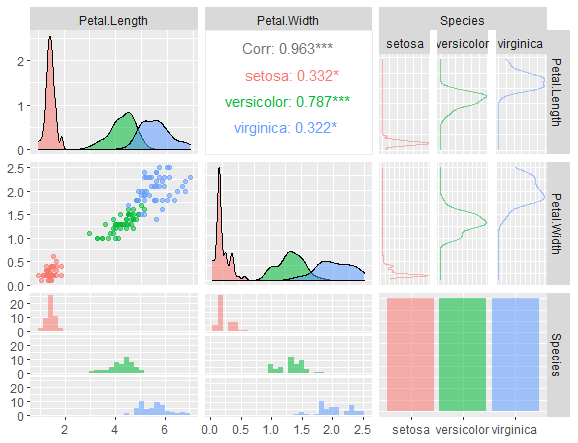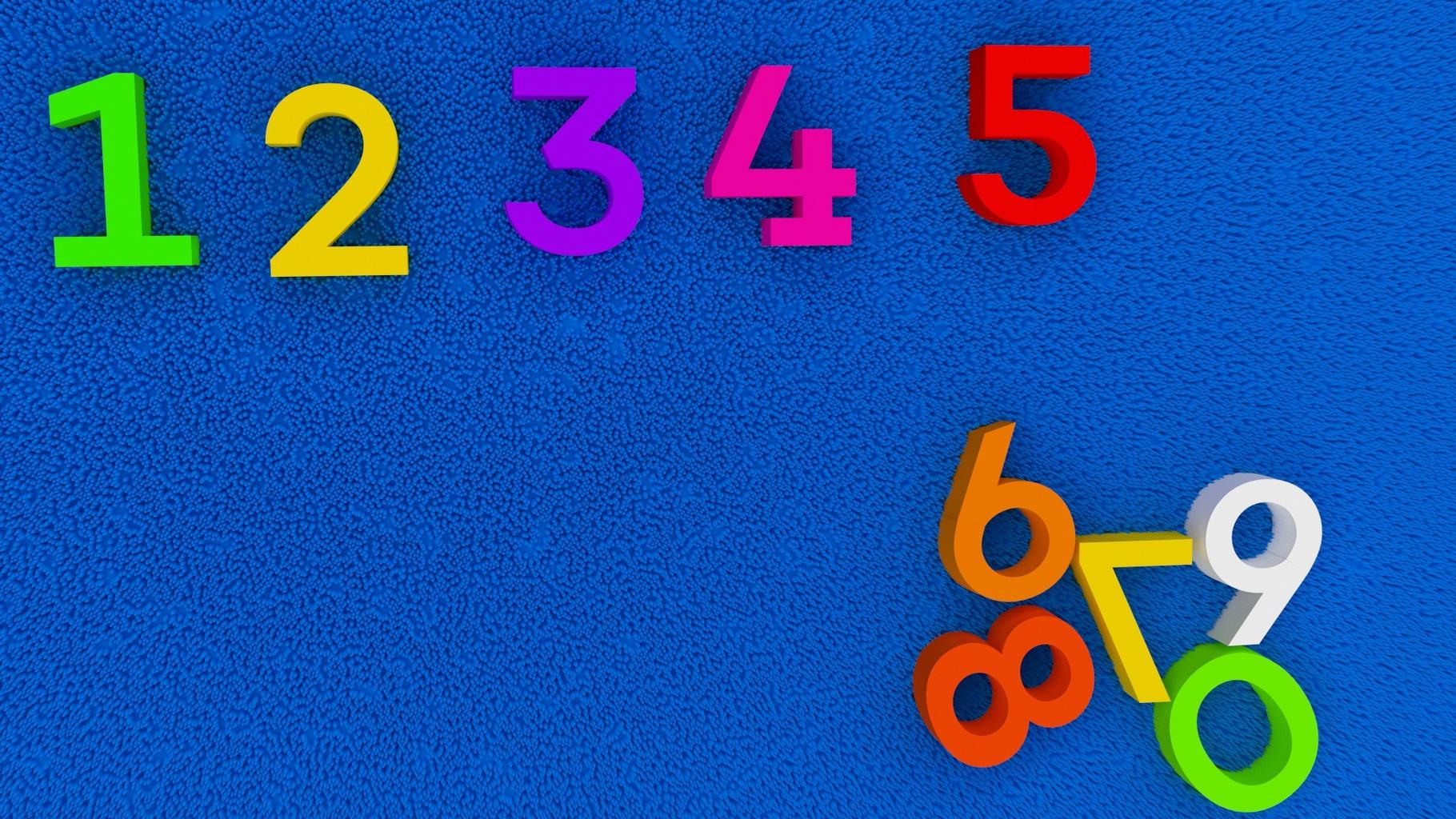What is Epoch in Machine Learning?, Machine learning is actually centered on the learning aspect of artificial intelligence (AI).
This learning component is made using algorithms that depict a set of data. A specified set of datasets are sent through the algorithm to train machine learning models.
The term “Epoch,” which is used in machine learning, as well as other related concepts like iterations and stochastic gradient descent, are defined in this article.
Anyone interested in studying deep learning and machine learning or trying to work in this field has to be familiar with these concepts.
How Do Machine Learning Chatbots Work – Data Science Tutorials
Epoch in ML
An epoch in machine learning is a whole iteration through a dataset during a model’s training.
It is used to gauge how well a model is learning; generally speaking, as the number of epochs rises, so does the model’s performance and accuracy.
A model is given a collection of input data during training, known as the training dataset, with the aim of learning a set of weights and biases that would enable it to correctly predict the output for unobserved data.
The model’s weights and biases are changed during the training phase based on the mistakes it makes on the training dataset.
Every example in the training dataset is used to modify the model’s weights and biases during epochs, which are single iterations of the whole dataset.
The model’s weights and biases will be changed after one epoch, enabling it to perform better predictions on the training set of data.
The number of repetitions is referred to as the number of epochs, and the process is repeated numerous times.
The number of epochs is a hyperparameter, which implies that the user sets the value rather than the model learning it.
The performance of the model can be significantly impacted by the number of epochs. The model won’t have enough time to recognize patterns in the data if the number of epochs is too low, and its performance will suffer.
On the other side, if there are too many epochs, the model might overfit the data, which would cause it to perform well on training data but badly on unobserved data.
Determination of Epoch
Early halting is a method that can be used to find the ideal number of epochs. This requires keeping track of the model’s performance on a validation dataset, which is a collection of fresh data for the model.
After a predetermined number of epochs, if the model’s performance on the validation dataset doesn’t continue to improve, the training process is terminated, and the model’s weights and biases are saved.
By doing this, the model is kept from overfitting the training set.
A method known as learning rate scheduling can also be used to establish the ideal number of epochs.
In order to do this, the learning rate—the rate at which the model’s weights and biases are updated—must be reduced as the number of epochs rises.
While a low learning rate can make the model converge too slowly, a high learning rate can make the model overshoot the ideal solution.
The complexity of the data and the model will generally determine how many epochs are needed to train a model.
While more complicated models trained on large datasets may need hundreds or even thousands of epochs, simpler models trained on small datasets may just need a few.
Example of Epoch
To better understand Epoch, let’s look at an example. Imagine a dataset that has 200 samples. These samples call for 1000 iterations, or epochs, of the dataset running through the model.
Five batches total. This implies that the model weights are adjusted following each of the 40 batches of five samples. As a result, the model will receive 40 updates.
Stochastic Gradient Descent
SGD, or stochastic gradient descent, is an optimization algorithm. It is used to train machine learning algorithms in deep learning neural networks.
Finding a set of internal model parameters that outperform other performance metrics like mean squared error or logarithmic loss is the task of this optimizing technique.
The optimization procedure is comparable to a learning-based search. The optimization method here is known as gradient descent.
The words “gradient” and “descent” describe moving down a slope and towards a desirable minimal error level, respectively. The calculation of an error gradient or slope of error is referred to as a “gradient”.
The method allows the search to be repeated over several steps. With each phase, the idea is to slightly improve the model parameters. This characteristic makes the algorithm iterative.
At each level, predictions are created using samples and the current internal parameters. The actual predicted results are then compared to the forecasts.
Following the calculation of the mistake, the internal model parameters are updated. Numerous update methods are used by various algorithms.
When it comes to artificial neural networks, the algorithm uses the backpropagation method.
Iteration
The total number of batches required to complete one epoch is known as an iteration. The number of batches equals the overall convergence rate for one epoch.
Here is an example to assist clarify what an iteration is.
Let’s assume that 5000 training instances are needed to train a machine learning model. This massive data collection can be broken down into smaller components known as batches.
Ten batches will be created if the batch size is 500. Ten iterations would be necessary to complete one Epoch.
How to Use Mutate function in R – Data Science Tutorials
Conclusion
In summary, during a model’s training phase, an epoch is a single run through the complete training dataset.
The number of epochs can significantly affect how well a model performs and is used to gauge how well a model is learning.
It is necessary to use strategies like early halting and learning rate schedules to determine the ideal number of epochs. The complexity of the data and the model will determine how many epochs are needed to train it.












